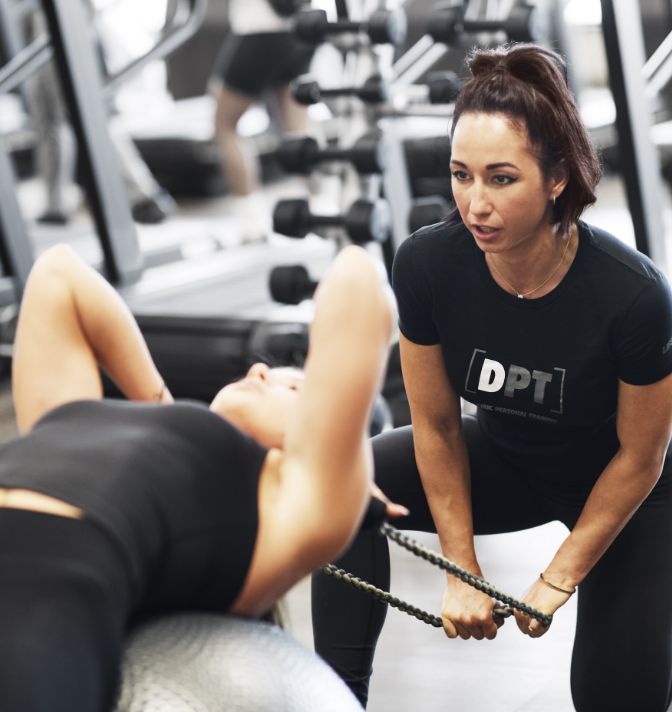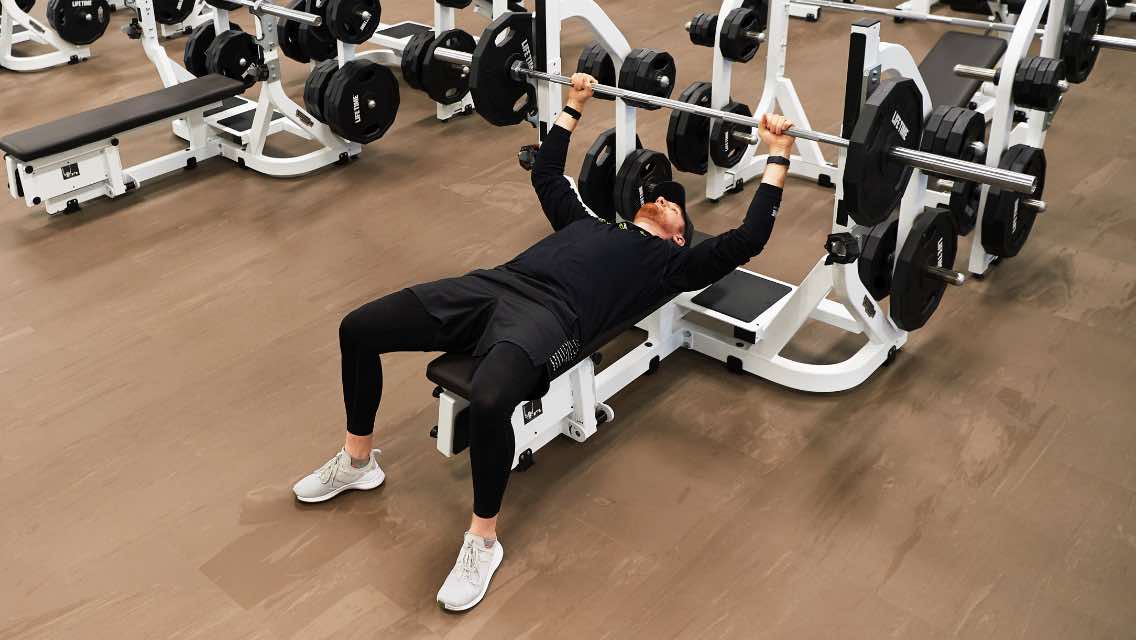When our lives were flipped upside down last year by the coronavirus pandemic, so were our routines: We could no longer train together or easily access fitness equipment, we began grocery shopping less and cooking more at home, we struggled with sleep while our stress levels surged.
Even as communities began opening up, it was still a challenge for many of us to keep to a routine that fit with our ever-evolving circumstances. Now, it seems as though we finally have the opportunity to solidify a health and fitness routine once again — or for the first time.
Whether you’re ready to hit it hard on the fitness floor, are looking to find your groove at home, or are falling somewhere in between, there are many forms of support for your healthy way of life endeavors.
These are the 13 areas we recommend adding in or focusing on to help establish (or re-establish!) your new regimen.
1. Move one way or another every single day. Getting at least 20 minutes of exercise per day helps to prime the immune system and combat bacteria and viruses, among its many far-reaching benefits. Choose activities you enjoy, balancing your cardio, strength, and recovery efforts.
2. Find a fitness community. Those who work out with others often reach goals faster, break through more plateaus, and gain a new sense of purpose from and connection to their endeavors — which is why it can be a challenge to make strides on your own at home. Whether it’s an in-club trainer or virtual trainer, a fitness class or group training community, there are a variety of ways to gain advice, support, and accountability.
3. Try our virtual programs — included in your membership. Led by Master Trainers, each of these programs includes a progressive workout plan, nutrition and lifestyle guidance, and group messaging with your coach. Choose the one that best fits your goals and then get started: Workouts can be done anywhere — at home, in the club, or a mix of both — and anytime that fits your schedule.
4. Make new gains with equipment. Many people have been getting creative with their at-home workouts, and while bodyweight and other similar moves can help you maintain and even improve your fitness, it can be difficult to see significant gains over the long-term without a built-out gym. For a new equipment-based challenge you can do at the club, choose a workout from our library, such as this easy-strength program, cardio challenge, or dumbbell-complex workout.
5. Join us in class. Another way to add variety to your workouts is trying a favorite or new-to-you studio, cycle, or yoga class. Reserve your spot, or if the class you want to take is full or at a time that doesn’t work, our most popular classes are also available to live stream or watch on demand via the Life Time Member App.
6. Focus on your nutritional foundation. One vital way to build our immunity is to be well nourished. Prioritize eating a nutrient-dense diet comprised of whole foods, including high-quality protein, vegetables, fruits, and healthy fats, while avoiding sugar, refined grains, and processed or packaged foods.
To help fill in nutrient gaps we can’t get from food alone, consider supplementing with our Foundational Five: a high-quality multivitamin, fish oil, vitamin D, magnesium, and digestive enzymes. Be sure to also drink at least half your body weight in ounces of water daily — this is essential for numerous biological functions.
7. Consider a reset. A focused program can be a great way to reset any unhealthy habits you might have formed in quarantine. Our complimentary, 14-day detox program is designed to support digestion — which is critical to our nutritional well-being — and focuses on consuming whole foods, as well as temporarily eliminating common food allergens. These items can cause unwanted symptoms and contribute to gastrointestinal issues like leaky gut, which undermine immune function. For many, the program also helps increase energy, reduce cravings, and jumpstart weight loss.
8. Fuel your workouts. The way you nourish your body between your workouts influences how your body responds to being challenged by movement. While pre- and post-exercise nutrition strategies are somewhat individualized — they depend on the frequency, intensity, duration, and types of training you do — it’s important to stay hydrated, prioritize protein, and replenish the nutrients you lose, in general. For detailed suggestions, check out these workout nutrition tips from a Life Time dietitian and trainer.
9. Make healthy eating easier. Healthy eating doesn’t have to be hard, and it doesn’t have to be boring— but it may not feel that way with the obstacles of eating at home more. Learn how to plan and prepare for your week to set yourself up for success, how a dietitian eats healthy at home, and ways to cook veggies to make them taste great. If you’re in need of meal inspiration, browse our breakfast, shake, lunch and dinner, and snacks and treats recipes.
Or, let someone else do the cooking for you again: If you’re in the club, pop by the LifeCafe for a healthy meal, shake, or one of our Meals to Go.
10. Get adequate sleep.With anxiety, worry, and disrupted schedules, many people have been struggling to get adequate, truly restorative shuteye. Sleep is your body’s ultimate reset, and among its many physical and mental effects, it’s essential for regulating your immune system. Aim to get seven to eight hours of sleep every night. If you’re having a hard time meeting that, consider this advice for optimizing sleep during stressful times.
11. Manage your stress levels.There isn’t a single metabolic or organ system that isn’t affected by chronic stress — and over the last year, many of us have been experiencing more of it than ever before. What works for relaxation is different for everyone, but some good options include meditation, mindful breathing or movement, contemplative prayer, a hot bath, or gratitude journaling. (Learn more about the effects of stress and how to manage it here.)
12. Make your recovery active. Building fitness is a two-step process: You work out and tear things down, then recover to rebuild better than before. The latter is just as important as the former. This doesn’t mean taking the day off, though: On your recovery days, choose to go for a walk, practice yoga, get a massage, or do some stretching.
13. Support your own well-being. This past year has been hard. Many of us are feeling the effects of burnout, while we’ve also been disconnected from our communities, exacerbating the loneliness epidemic. Social relationships are good for our health: Without them, we’re at risk of poorer immune function, as well as negative mental and physical health effects. Take advantage of your club community, find ways to connect, and care for your mental health.





